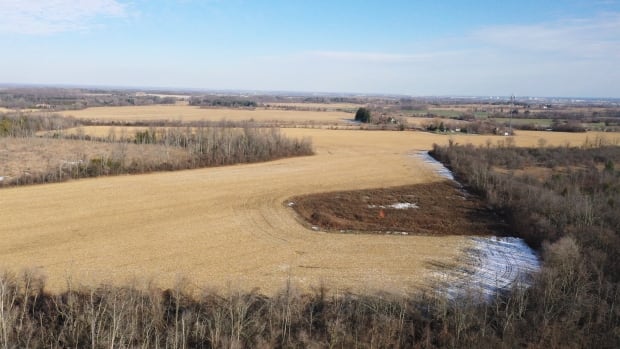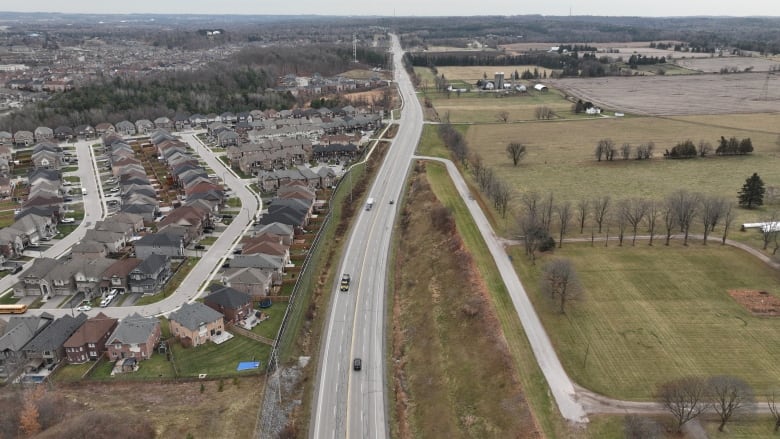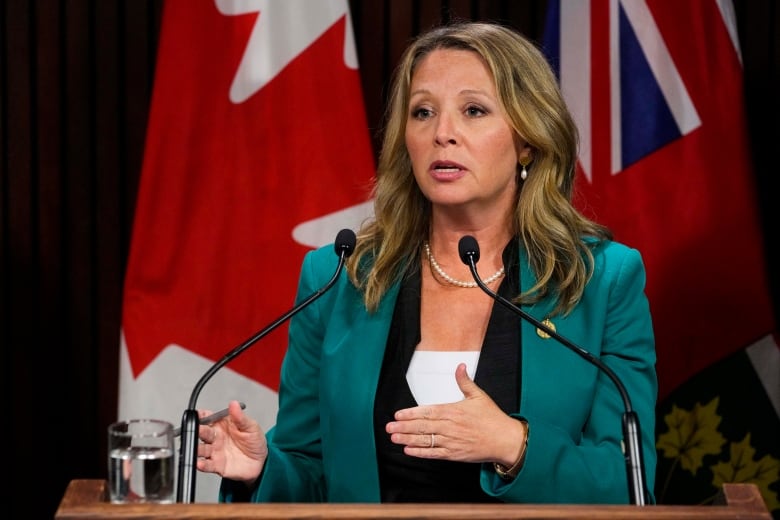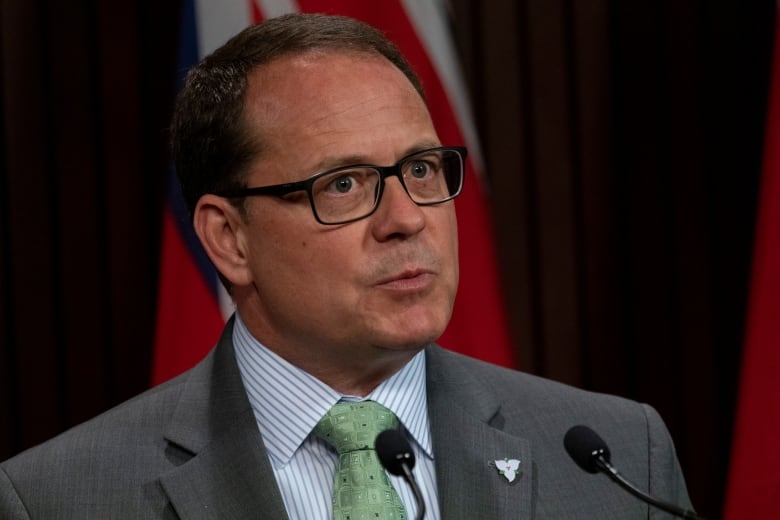
The Ontario government has officially done away with environmental protections for approximately 2,995 hectares of Greenbelt land in the Greater Toronto and Hamilton Area (GTHA) despite consultations indicating “broad opposition” to the plan.
Cabinet passed two regulations on Dec. 14 that enact its controversial plan to remove land in 15 different areas from the Greenbelt and Oak Ridges Moraine — a vast 810,000-hectare area of farmland, forest and wetland stretching from Niagara Falls to Peterborough that’s permanently off limits to development.
The move came just 10 days after the end of a 30-day public consultation process that — in the government’s own words — elicited extensive negative feedback from citizens, municipalities, conservation authorities, environmental organizations, agricultural groups and Indigenous communities.
The government posted its analysis on Wednesday of the results of the more than 27,000 submissions it received on the two regulatory changes.
“Overall, there was strong support for continued Greenbelt protections and broad opposition to any removals or redesignation of lands under the Greenbelt Plan or Oak Ridges Moraine Conservation Plan. Numerous submissions asserted that the proposal is contradictory to the vision and goals of the Greenbelt Plan and requested a full withdrawal of the proposal,” the government said.
“No changes were made to the proposal as a result of public consultation.”
Some municipalities, including Clarington, Pickering and Niagara Region said the proposed removals aligned with previous requests they had made, while Wellington, Erin, Puslinch, and Niagara Region requested additional areas be removed. Meanwhile, Hamilton, Toronto, Mississauga, Georgina, Halton Region, Oakville, and Brampton all opposed the government’s plan.
The home building industry, meanwhile, was supportive.
“It’s an utter and complete betrayal of Ontarians,” said Marit Stiles, Leader-elect of the Ontario NDP.
“The fact that this government is plowing ahead just 10 days after those consultations wrapped up is a real indication that they had no intention of ever even pausing for a moment with this terrible plan.”

Paving parts of the Greenbelt to put up 50,000 homes
In its decision, the government said opening the land up for housing will lead to the construction to 50,000 new homes — part its plan to build 1.5 million homes over the next decade to alleviate Ontario’s severe housing shortage.
But the government heard from housing advocates through the public consultation that additional land is not required to meet Ontario’s housing needs.
“Although affordability was identified as a key priority for many, some respondents asserted that densification in existing urban areas and the development of explicitly affordable housing should be the preferred approach to increasing housing supply,” the government said.
“The cost of urban sprawl was a key concern across a variety of stakeholders.”

Phil Pothen, Ontario program manager for advocacy group Environmental Defence, said there is enough land to meet the demand for housing in existing neighbourhoods and undeveloped areas known as “greenfields” that have already been designated for development. That point that was also made by the Ford government’s hand-picked Housing Affordability Task Force earlier this year.
“There is not the slightest hint of evidence or any reason to expect that bulldozing Greenbelt land will do anything to reduce the housing shortage, let alone home prices,” Pothen said.
Well-established developers among owners of Greenbelt land
As CBC News first reported, land registry and corporate records show several well-established developers are among the owners of the Greenbelt land that’s been removed. Some of those developers have made financial donations to the Progressive Conservative Party of Ontario or its politicians.
The CBC News analysis also revealed several of the properties were purchased since the Ford government came to power in 2018, including five plots in the Township of King that were purchased together in September for $80 million.

In the Duffins Rouge Agricultural Preserve in Pickering — the largest area that’s been removed— CBC News identified 28 properties, covering a total of 718 hectares, that are owned by companies controlled by Silvio, Carlo and Michael De Gasperis. The brothers are part of a prominent Ontario developer family known for building single family homes in planned subdivisions across the Greater Toronto Area.
“It is clear that Doug Ford is not in it for the average person, who’s just looking for an affordable place to call home in a community they want to live close to where they work,” said Ontario Green Party Leader Mike Schreiner.
“This government doesn’t listen to the people and he’s in it for literally a handful of wealthy land speculators who are going to turn millions into billions.”
Municipal approvals required
Any plans to build housing on the former Greenbelt land must first go through the development approval process in the relevant municipality.
Victoria Podbielski, a spokesperson for Housing Minister Steve Clark, said the province expects to see significant progress on development approvals by next year, with construction to begin in 2025. Further, it expects at least 10 per cent of these homes be “attainable/affordable.”
She said developers will be required to produce plans for infrastructure like stormwater management, roads, community centres, schools, hospitals and long-term care homes, along with other “tangible public benefits.”
“The government has been clear from the start that we will only move forward if these conditions are met. If we are not satisfied with the plans brought forward, the province is prepared to return the properties back to the Greenbelt,” Podbielski said.

Opposition parties and environmental groups have vowed to continue fighting to protect the Greenbelt.
“They are hoping that if they rip the Band-Aid off, that this huge outpouring of public opposition will pass, but the government is wrong about that,” Pothen said.
“This fire is going to keep on burning.”